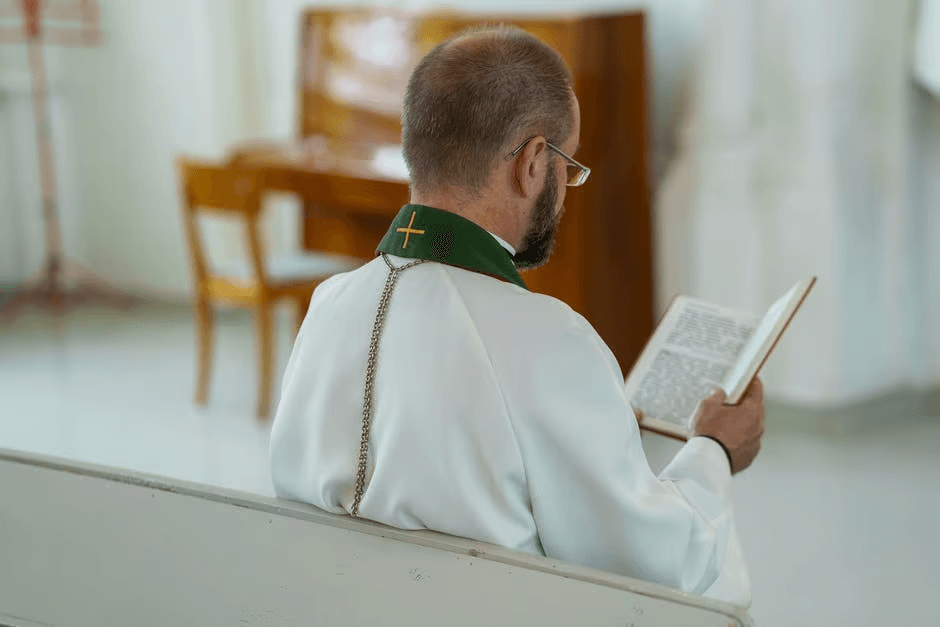
Lewes, a charming town in East Sussex, England, has a rich history dating back to the 11th century. Over the years, the town has undergone significant transformations, and its spiritual landscape is no exception. Contemporary worship in Lewes has undergone a remarkable evolution, shaped by the town's cultural and social dynamics. In this article, we will delve into the history of contemporary worship in Lewes, exploring its development, characteristics, and impact on the community.
The Early Days of Contemporary Worship
In the 1960s and 1970s, the Christian church in Lewes began to experience a significant shift. The traditional, formal worship services that had been the norm for centuries were no longer resonating with the younger generation. The rise of rock music and counterculture movements had a profound impact on the way people worshipped. Young people were seeking a more authentic, relevant, and engaging form of worship that spoke to their experiences and emotions.
The Emergence of Charismatic Worship
In the 1980s, the charismatic movement swept across the UK, bringing with it a renewed emphasis on the Holy Spirit and a more expressive, emotive form of worship. This movement resonated deeply with the young people of Lewes, who were hungry for a more dynamic and interactive worship experience. Charismatic worship services, characterized by loud music, clapping, and spontaneous prayer, became increasingly popular in the town.
The Impact of Evangelicalism
The 1990s saw the rise of evangelical Christianity in Lewes, which further accelerated the shift towards contemporary worship. Evangelical churches, with their emphasis on personal conversion, Bible study, and outreach, brought a new level of energy and enthusiasm to the town's worship scene. Evangelical worship services, often featuring contemporary music and a more informal atmosphere, became a staple of Lewes's spiritual landscape.
Characteristics of Contemporary Worship in Lewes
So, what does contemporary worship in Lewes look like today? At its core, contemporary worship is characterized by a focus on relevance, authenticity, and community. Services often feature a mix of traditional hymns and modern worship songs, accompanied by guitars, drums, and keyboards. The atmosphere is often informal, with a relaxed dress code and a emphasis on participation and engagement.
The Role of Music
Music plays a vital role in contemporary worship in Lewes. The town is home to a thriving music scene, with many local musicians and bands contributing to the worship services. The music is often upbeat and energetic, with a focus on creating a sense of community and connection among worshippers.
The Importance of Community
Community is at the heart of contemporary worship in Lewes. Services often feature opportunities for prayer, testimony, and fellowship, creating a sense of belonging and connection among worshippers. The town's churches have also established a range of community outreach programs, from food banks to youth clubs, which serve to build bridges between the church and the wider community.
The Impact on the Community
The rise of contemporary worship in Lewes has had a profound impact on the town's community. The town's churches have become hubs of activity, attracting people from all walks of life. The emphasis on community and outreach has helped to break down social barriers, creating a sense of unity and shared purpose among worshippers.
Challenges and Opportunities
Despite the many successes of contemporary worship in Lewes, there are also challenges and opportunities ahead. As the town's population continues to grow and change, the churches must adapt to meet the needs of a increasingly diverse community. This may involve embracing new technologies, such as online worship services, and exploring new ways to engage with the town's young people.
Conclusion
Contemporary worship in Lewes has undergone a remarkable evolution over the past few decades. From its humble beginnings in the 1960s to its current status as a thriving and vibrant part of the town's spiritual landscape, contemporary worship has played a vital role in shaping the town's culture and community. As the town continues to grow and change, it will be exciting to see how contemporary worship adapts and evolves to meet the needs of a new generation of worshippers.